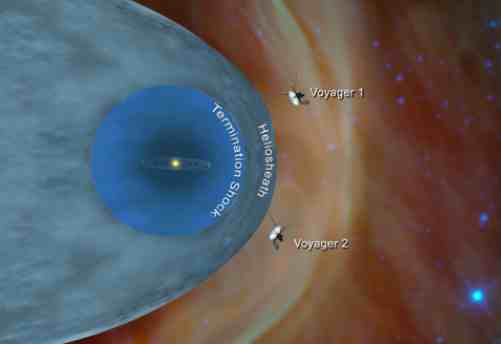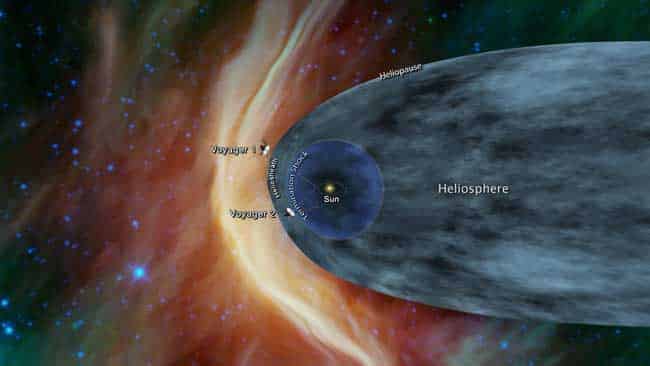JULY 15, 2013: In the summer of 1989, a robotic emissary from Earth visited the farthest major planet from the Sun, Neptune. Like any good tourist, NASA's Voyager 2 spacecraft snapped a lot of pictures during the brief flyby.
The prolific probe discovered several moons orbiting close to the blue-green planet. But one moon, no bigger than a metropolitan city and nearly coal-black, escaped detection because it was too faint to be seen. Until now.
|
|
While analyzing Neptune photos taken by the Hubble Space Telescope, astronomer Mark Showalter of the SETI Institute noticed an extra white dot about 65,400 miles from Neptune, located between the orbits of the moons Larissa and Proteus. Hubble’s extraordinary sensitivity and sharpness caught an object that is roughly one hundred million times fainter than the faintest star that can be seen with the naked eye.
Thankfully, Showalter also had 150 archival Neptune photographs taken by Hubble from 2004 to 2009. The same white dot appeared over and over again. This allowed him to plot a circular orbit for the moon, designated S/2004 N 1, which completes one revolution around Neptune every 23 hours. His discovery raises the number of known moons orbiting Neptune to 14.
Source: Hubblesite.org








